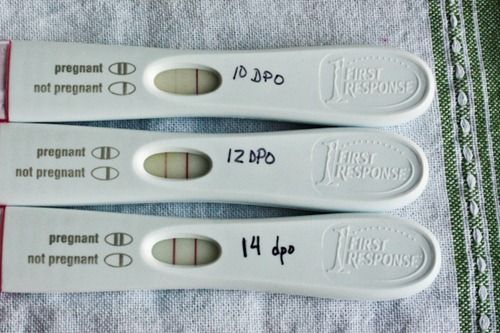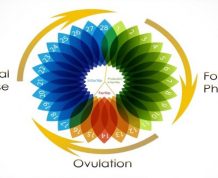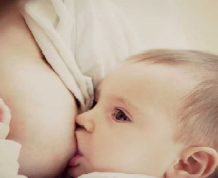![]() The information provided by our expert should not constitute a diagnosis of your condition. Always consult a medical practitioner or healthcare provider for a formal diagnosis. By making use of this content, you agree that ConceiveEasy and the expert assume no liability.
The information provided by our expert should not constitute a diagnosis of your condition. Always consult a medical practitioner or healthcare provider for a formal diagnosis. By making use of this content, you agree that ConceiveEasy and the expert assume no liability.
Now an ovulation calculator is basically, exactly what it sounds like. It calculates ovulation for you, thus, taking out all the hard work. Getting pregnant is ALL about ovulation. If you don’t time those couple days you are fertile in a month, you will never ever get pregnant, trust me. So try this free ovulation calculator to help you! Claim Your 20 Free Ovulation Tests – Click Here

When do you ovulate?
So typically, a textbook cycle is 28 days, and you subtract back about 14 days, to show that you ovulate on cycle day 14.
Women will ovulate once per monthly cycle, roughly mid-way through their cycle. Knowing when you ovulate is a key component in getting pregnant fast, as your fertile window is only a few days surrounding your ovulation date.
Even if you have intercourse all throughout the month, if you miss these few days around the day you ovulate, you will never fall pregnant.

What is a luteal phase?
Not every woman has a luteal phase of 14 days – luteal phase being from the time of ovulation to the start of your next cycle. The luteal phase can range anywhere from 12-16 days. If your luteal phase is longer like 16 days, then you would need to subtract sixteen days from the last day of your cycle, rather than the average 14 days. Now, if all of this sounds like more trouble than you really want to go through, then you want to try the ovulation calculator.
How the ovulation calculator works
It is really quite simple. There are only two things that you need to have.
- The first day of your last period. You need to know the first day of your last period
- Average cycle length – And then you need to know your average cycle length. This would be the average length from Day 1 of your period until your next period begins. For the average woman, this would be 28 days. Average cycle length can vary though, and range from 25-41 days or so. Take a look at your calendar and note how long your average cycle is. So when I go to plug in this information, it tells you what your fertile days are, and if you conceive, what your due date would be.


Guess your due date!
Now remember, this is just an estimate of your fertile days and just an estimate of the due date if you had conceived that month. So it really helps in not only helping you find out your fertile days, and knowing when intercourse could result in a pregnancy, but also if you’re wanting to plan your baby’s birthday in a specific month, this could help you with that as well.
However, keep in mind, it’s an estimate and even if you did conceive and the baby’s possible due date showed March, the baby still could come in February or April because some babies really like to pick their own birthdays coming early or late. So that’s all you need.
First day of your last period and then your average cycle length.


Try some ovulation predictor kits
But if you want to be super sure when you ovulate, invest in some ovulation predictor kits. Take them until you get a positive, then you KNOW beyond the shadow of a doubt that you are ovulating and it’s baby-making time now. Claim Your 20 Free Ovulation Tests – Click Here










Comments